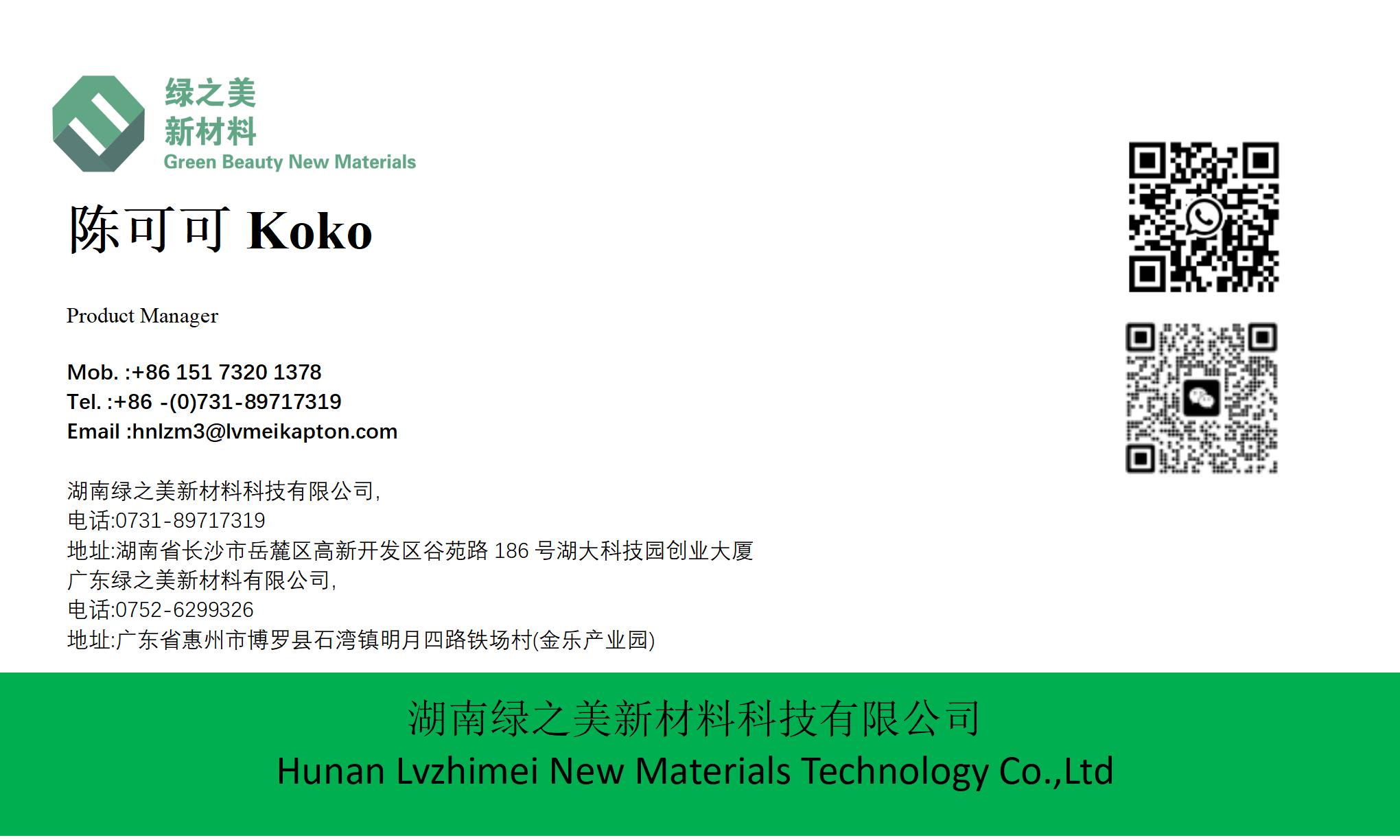



What Are the UL Standards Every PI Tape Manufacturer Must Follow? | https://www.lvmeikapton.com/
Introduction UL standards, developed by Underwriters Laboratories, establish safety benchmarks for materials used in electrical and electronic applications. PI tape, crucial in high-risk environments, faces stringent UL requirements. This article dissects these standards and their industry impacts.
UL 94 Flammability Testing: PI tapes must pass flammability tests (e.g., V-0, V-1, VT-0) to prevent catastrophic fires. V-0 certification requires self-extinguishing within 10 seconds after ignition, crucial for aerospace and automotive applications.
UL 510 Electrical Insulation: Defines minimum dielectric strength (≥1000 V/mil) and volume resistivity (≥10¹² Ω-cm) for PI tapes used in transformer coils or motor windings.
UL 746B Environmental Stress Testing: Validates PI tape performance under thermal aging (e.g., 200°C for 168 hours), humidity exposure, and chemical corrosion, ensuring long-term reliability.
Manufacturing Challenges & Solutions
● Flame Retardancy Without Compromises: Achieving V-0 ratings often requires additive blends (e.g., alumina trihydrate) that maintain mechanical flexibility.
● Precision Thickness Control: UL 510 demands tight tolerances (±5% for thickness), necessitating advanced coating technologies like gravure or slot-die extrusion.
● Traceability Systems: Manufacturers implement barcode tracking to document each batch’s UL compliance status, simplifying audits.
Case Study: UL-Compliant PI Tape in EV Battery Packs
Requirement | UL Standard | Implementation |
Thermal Protection | UL 746B | PI tape with 400°C endurance shields battery cells |
Electrical Isolation | UL 510 | 0.06mm tapes insulate high-voltage connectors |
Flame Safety | UL 94 V-0 | Halogen-free formulations prevent toxic fumes |
Market Advantages of UL Certification
● Global Market Access: Products bearing UL marks gain entry to North American markets, avoiding customs delays.
● Risk Mitigation: Insurance premiums for equipment using UL-certified PI tapes are often lower due to reduced fire/short-circuit risks.
● Customer Trust: OEMs prioritize UL-compliant suppliers, viewing certifications as a proxy for quality control.
Conclusion UL compliance shapes PI tape development, pushing manufacturers to innovate while safeguarding end-users. As electronics become more power-dense (e.g., 5G infrastructure), stricter UL revisions will likely emerge, driving adoption of nanocomposite films and AI-predicted failure modeling. Manufacturers must stay vigilant to these changes to maintain competitive edges. https://www.lvmeikapton.com





